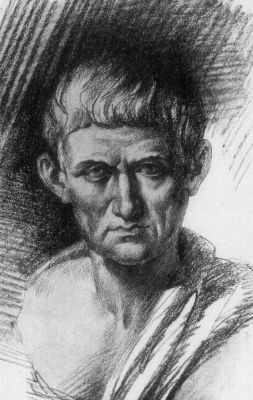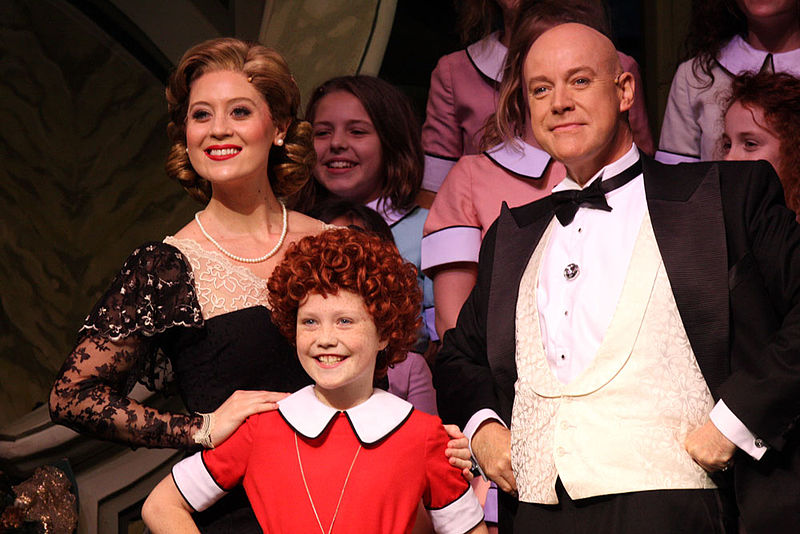
One of the best ways to understand something as complex as drama is to break it up into its parts. Aristotle, a Greek philosopher, analyzed drama way back in the 4th century B.C. In a work called Poetics, this giant of Western thought divided tragedy, a type of drama, into six elements. Aristotle's elements can also be applied to comedy. The comedy and Broadway musical Annie provides examples of each element.
- Plot – what happens; the action or the basic storyline
Annie, who is living in an orphanage, is selected to live with a wealthy man who offers a reward to help find her parents. Imposters show up, but Annie is rescued by Daddy Warbucks.
- Characters – the people who move the plot forward
Annie, Daddy Warbucks, and Miss Hannigan
- Theme – the main idea or lesson
Hope and optimism will help you get through tough times.
- Dialogue – the words spoken by the characters
Annie: "I’m not an orphan. My parents are alive, and they are coming to get me someday."
- Music/Rhythm – music sung by voices or played on musical instruments or the rhythm of the dialogue spoken by the actors
"It's the Hard Knock Life" and "Tomorrow"

- Spectacle – the visual elements of a play: sets, costumes, and special effects
The orphanage, Daddy Warbucks’s mansion, and Annie's curly red wig
If you've studied another genre of literature, the short story, you'll recognize some of Aristotle's elements. Even if you have not, you'll be able to figure out which four elements are shared by both genres and which two are unique to drama.

